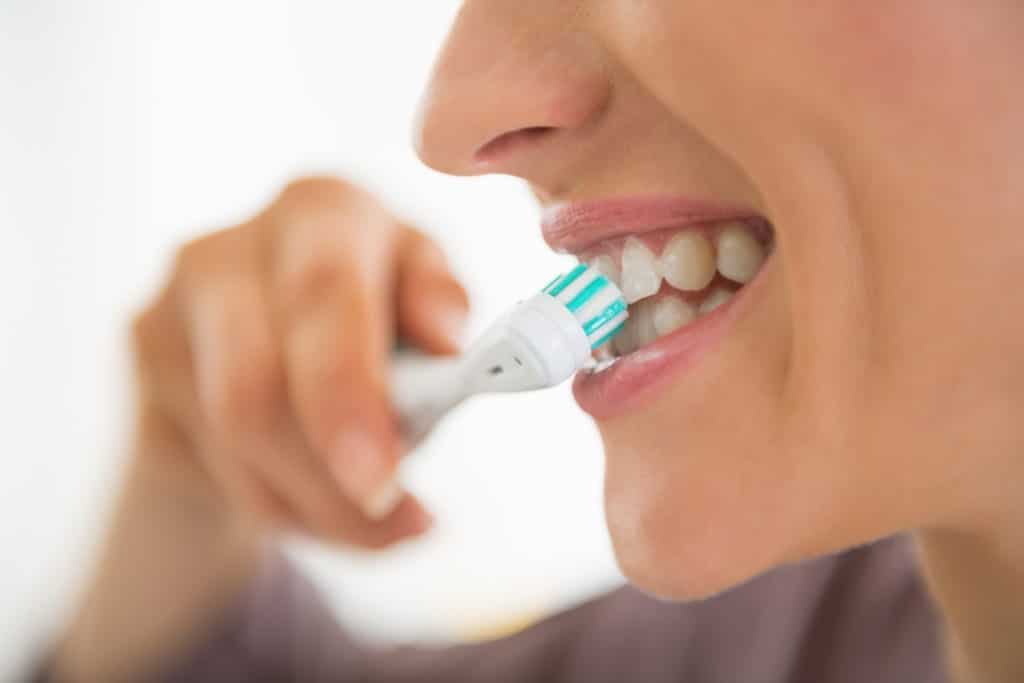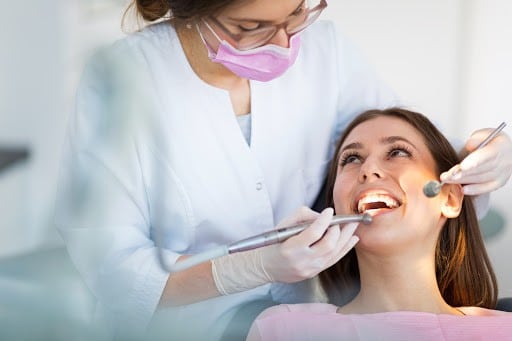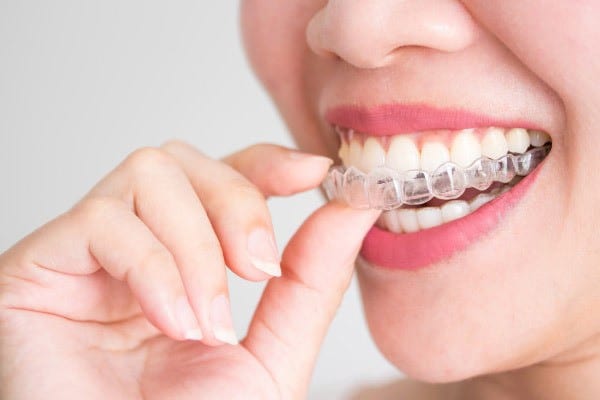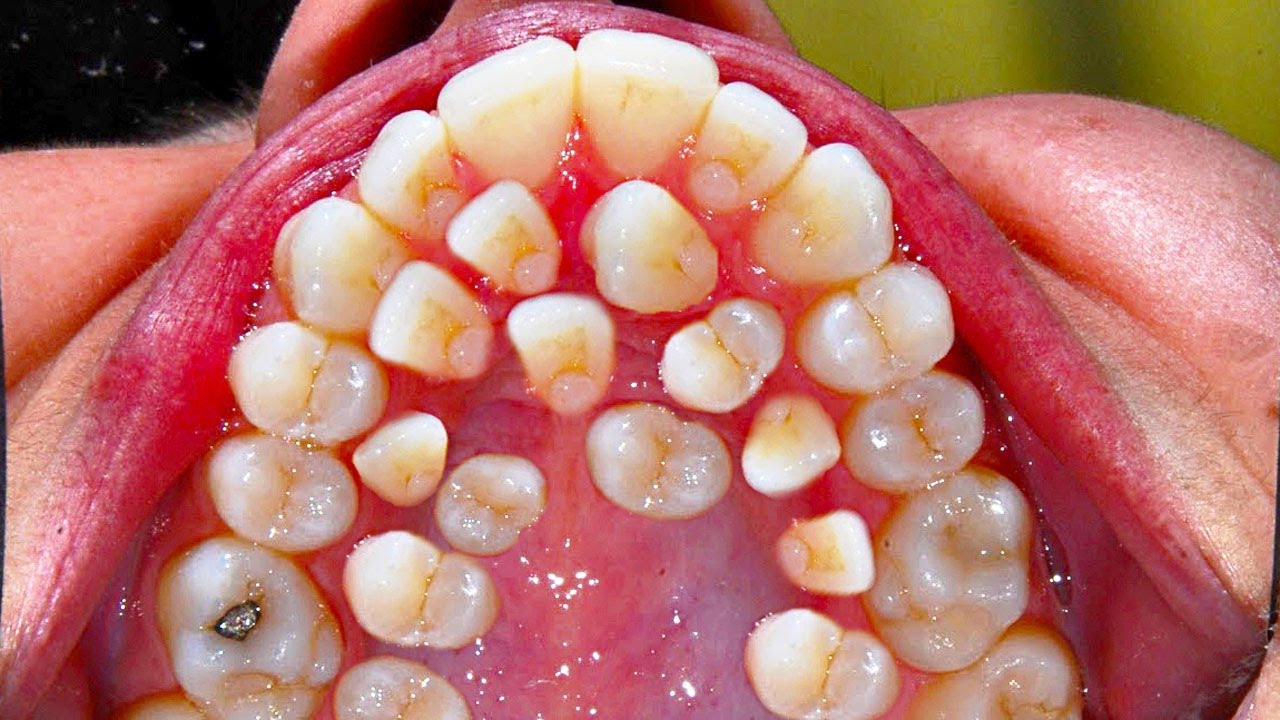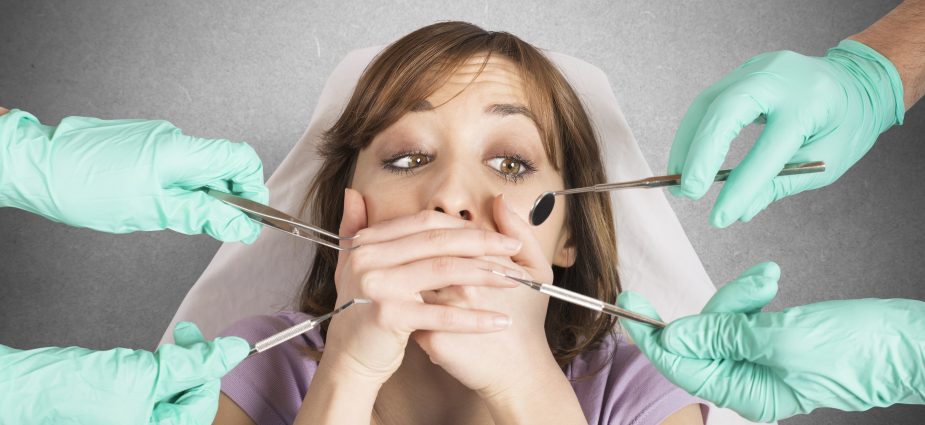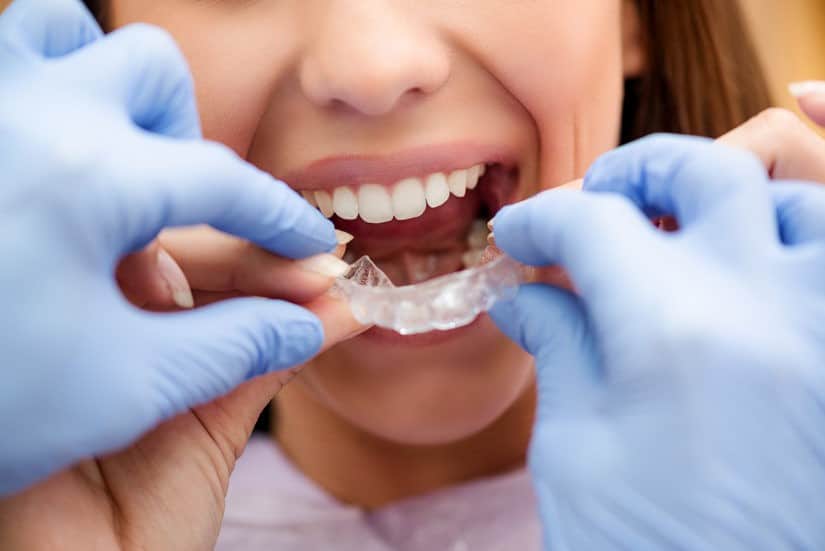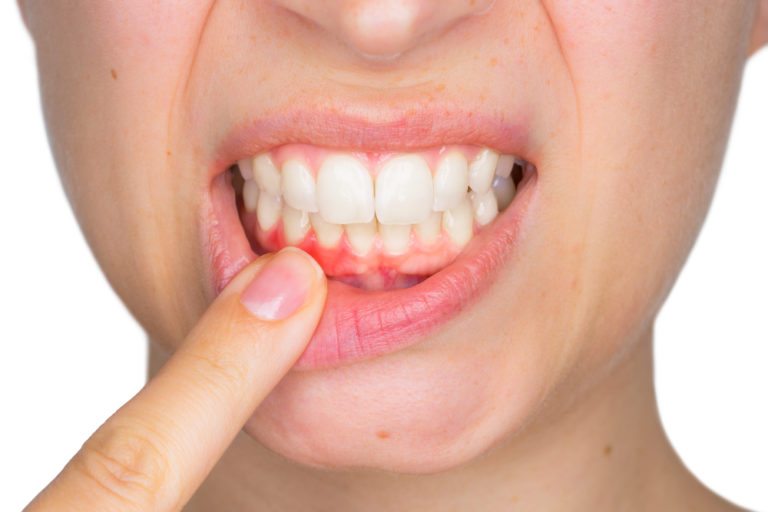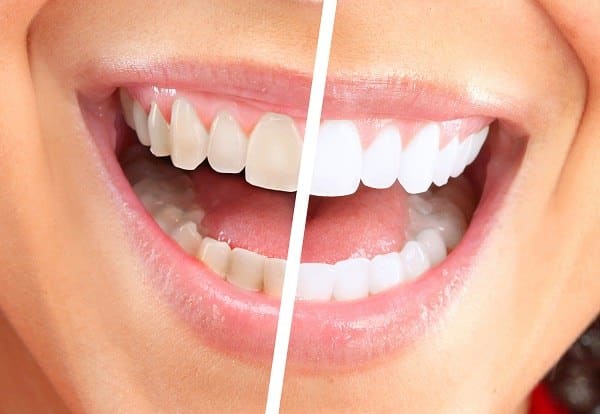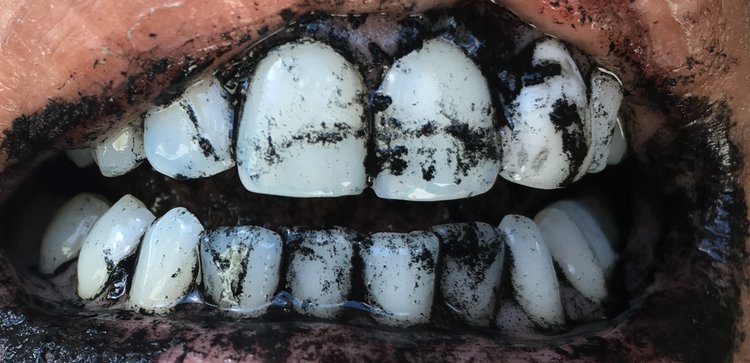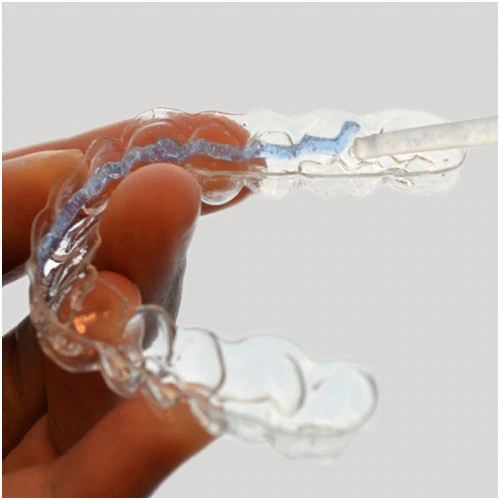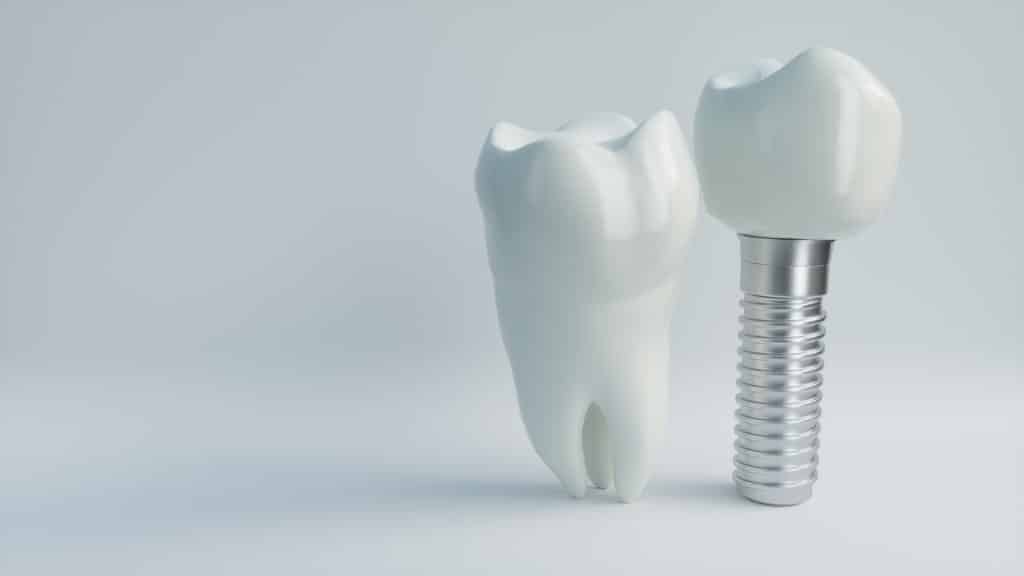
Tooth human implant. Dental concept. Human teeth or dentures. 3d rendering. Missing teeth is a very common problem many patients face, which can affect their quality of life. Luckily, there are various options available to replace the missing teeth and restore both form and function. There are generally three options to replace missing teeth, including dental implants, dental bridges, and dentures. Of the three choices, dental implants are the proven superior treatment because they are the closest you can get to your natural teeth. In this article, we will explain more about the importance of tooth replacement, dental implants, and how we can help you here at Rockefeller Cosmetic Dentistry!
Why is it important to replace missing teeth?
When you lose teeth, “no replacement” is always an option but is not recommended due to the many negative consequences of missing teeth. Multiple missing teeth can severely impact your ability to chew food, and often people with multiple missing teeth will tend to eat softer foods that tend to lack nutritional value. Impacting a person’s diet like this can create many serious health problems, such as obesity, heart problems, and diabetes among others.
Inside the mouth, missing teeth can have many negative effects. Our teeth naturally like to hit against other teeth, and this helps to hold them in position. Once a tooth is lost, opposing teeth will start to drift out of their socket (supra-eruption) and adjacent teeth will start tipping as they try to find something to hit against. This can create discomfort if the teeth drift far enough that you are biting against soft tissue. It can also lead to tooth sensitivity if the root surface is exposed as the teeth drift out of their sockets. As the teeth drift, the space where there is a missing tooth will gradually become smaller, and this can negate any future replacement of a tooth in this area if that space becomes small enough. If teeth are not replaced with implants, bone loss can also start to occur because there is no tooth or implant in that site for the bone to hold onto.
Above all else, missing teeth can affect your confidence! Many people with missing teeth find that they do not smile as often as they would like and may avoid social situations as a result. Replacing those missing teeth will help to give you the confidence to live the life you want to live.
What are the reasons to choose dental implants?
Nothing compares to having your natural teeth, but when that is not an option, dental implants are the next best thing. Implants are an excellent treatment to leave you with a prosthetic fixed in your mouth that you do not have to worry about taking in and out or coming loose during normal function (unlike dentures). If you are missing an entire arch of teeth, the All-on-Four dental implant procedure is an especially great treatment to replace all teeth with a single restoration attached to a minimum of four implants. This is perhaps the most significant reason patients will choose implant restoration over other teeth replacement options, but there are many other great advantages to consider as well.
As mentioned earlier, dental implants help to preserve the bone. After a tooth is removed, the bone will start to shrink because it no longer has anything to wrap around. As the bone shrinks, your facial profile will start to change, often making your face look more sunken in while increasing the appearance of wrinkles. As the bone shrinks, it can also make it very difficult to retain dentures, at which point implants will be an absolute necessity to support a stable prosthetic. By having dental implants placed soon after a tooth is removed, bone shrinkage will be prevented as the bone grows around the implant. This is a huge advantage over dentures and dental bridges, which do not aid in bone loss prevention.
When a single tooth is lost between two adjacent teeth, another alternative to a dental implant is a dental bridge. A dental bridge, however, is a more invasive treatment compared to a dental implant to replace a single tooth. Dental bridges require that tooth structure be removed from adjacent teeth to support the prosthetic, regardless of whether those adjacent teeth needed any treatment in the first place. Essentially, a healthy tooth structure could be removed from the adjacent teeth, and this could lead to sensitivity or other complications. Dental implants, alternatively, do not affect the teeth on either side of the missing tooth because the replacement tooth will be anchored to an implant in the bone, not to the teeth on either side. This reduces the need for any unnecessary treatment to the surrounding teeth. Dental implants are also much easier to clean around than dental bridges, which help greatly in their long-term prognosis!
Do dental implants work like natural teeth?
In a short answer, yes! Dental implants do work like your natural teeth! When people experience tooth loss and are considering their replacement options, the most common driving factor in their decision is whether or not they will be able to function properly when it comes to actions such as eating and speaking. Implants are far superior to all other tooth replacement options in this sense. Because they are permanently fixed inside the mouth, you can count on your implants to remain just as stable as your natural teeth when you are eating or speaking. With dental implants, you never have to worry about your teeth coming loose during your meal (as frequently happens with dentures) and can feel confident dining out in public.
With dental implants, you also do not have to limit the kind of foods you eat. Many denture patients find they are unable to eat tougher foods, such as steak, because the dentures move as they chew, making complete chewing of tough foods very difficult. This is not an issue with dental implants!
Whether you are replacing a single tooth or replacing a full arch of teeth with the all-on-four dental implant system, dental implants are most superior in the treatment of missing teeth. Contact us today at Rockefeller Cosmetic Dentistry for a consultation and to start your journey toward a beautiful smile you can feel confident about!

